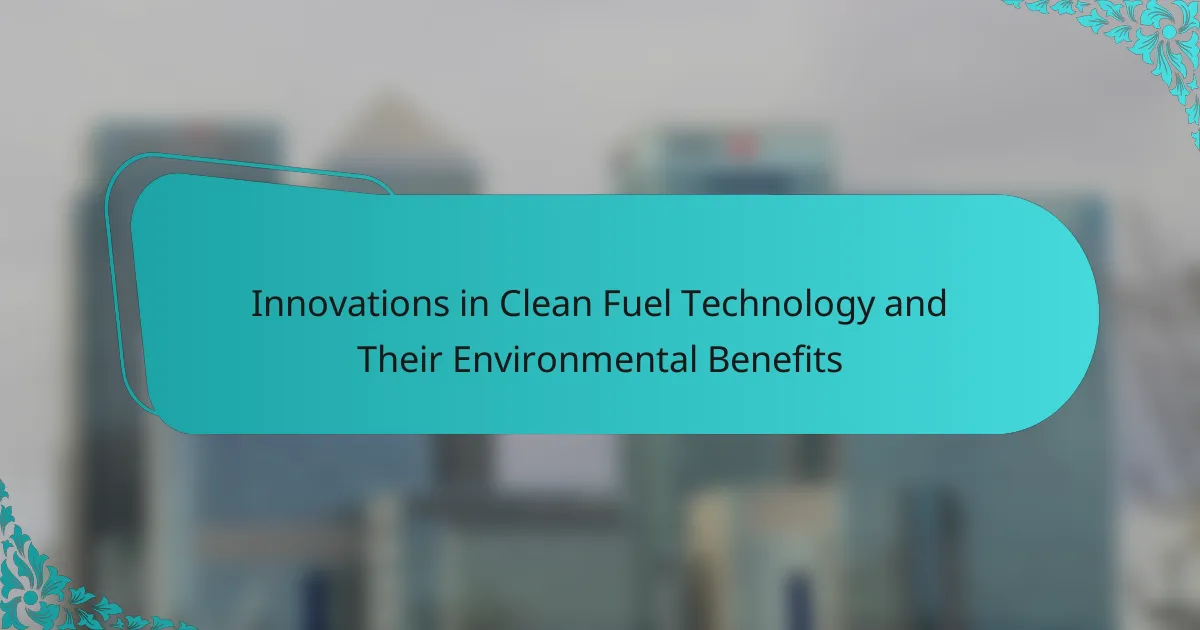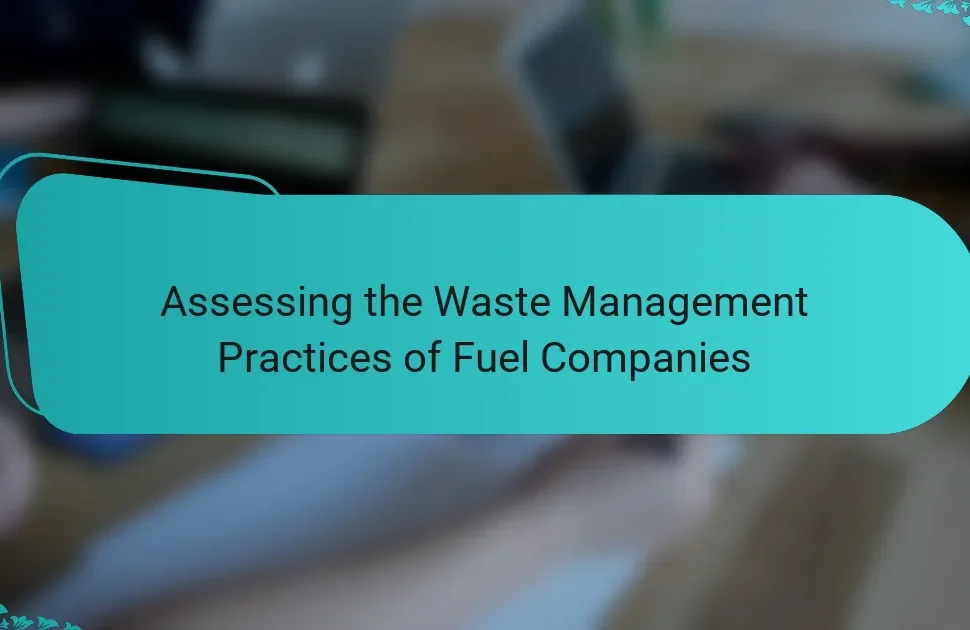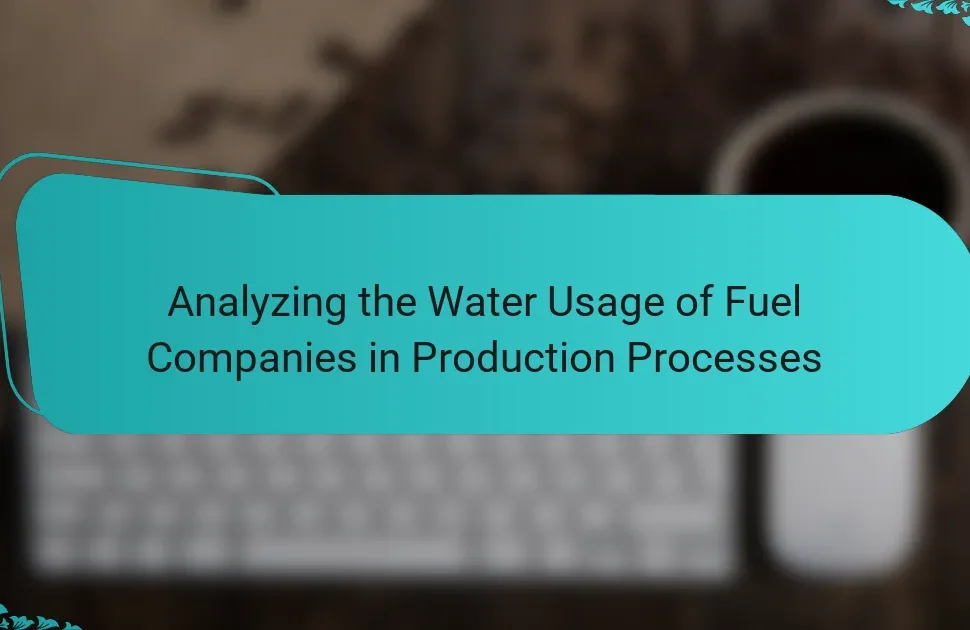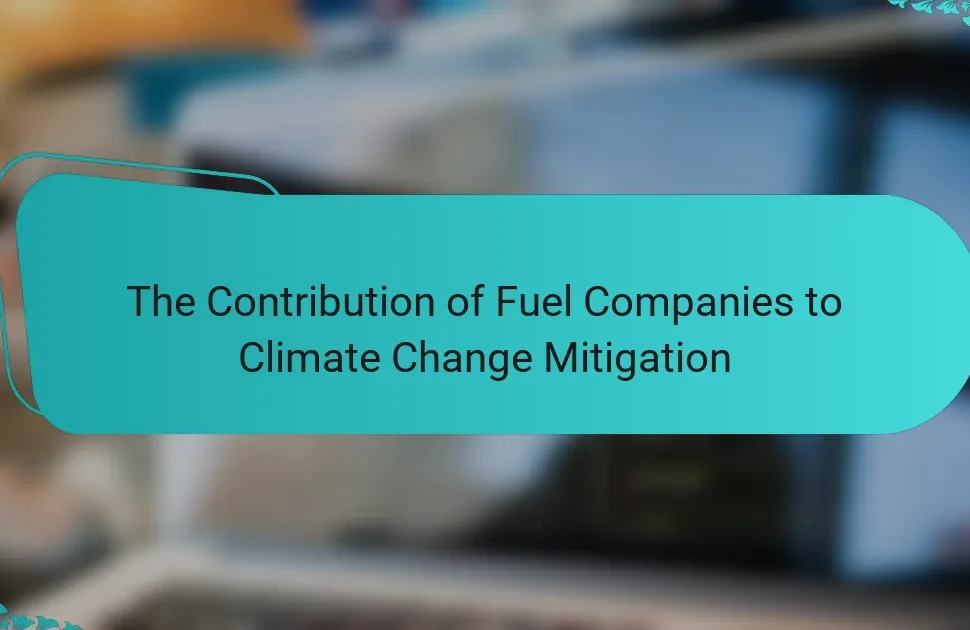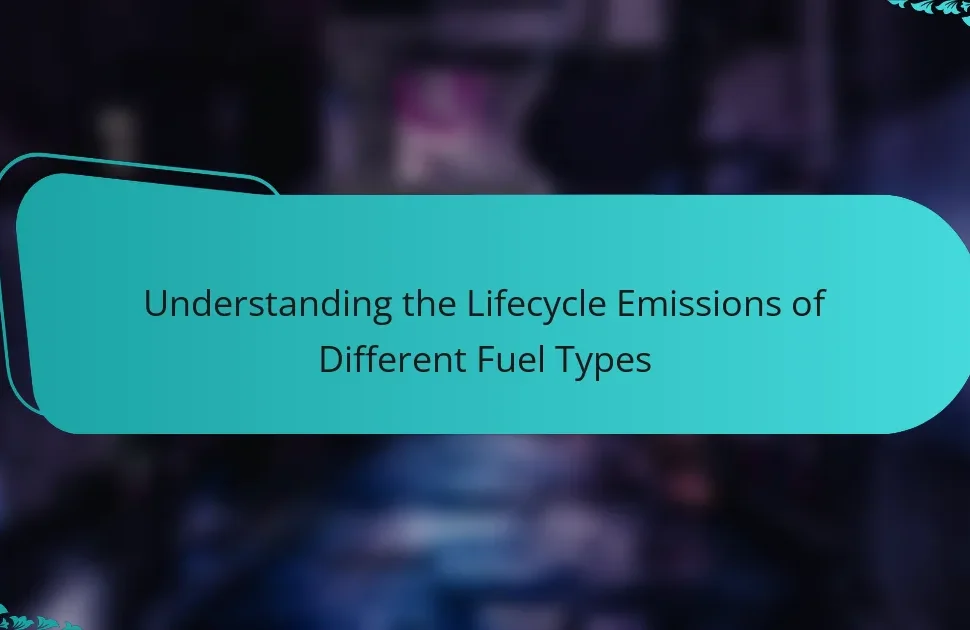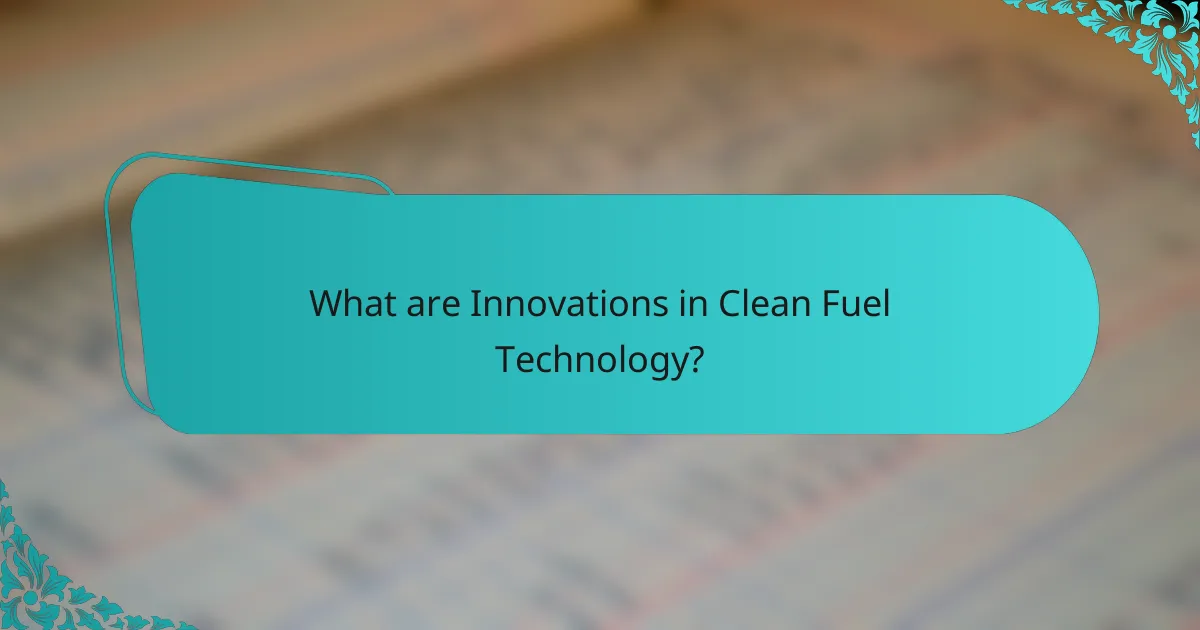
What are Innovations in Clean Fuel Technology?
Innovations in clean fuel technology involve advancements that enhance energy efficiency and reduce emissions. These innovations include the development of biofuels, hydrogen fuel cells, and advanced battery technologies. Biofuels, derived from organic materials, offer a renewable alternative to fossil fuels. Hydrogen fuel cells convert hydrogen into electricity, emitting only water vapor as a byproduct. Advanced battery technologies, such as solid-state batteries, improve energy storage and electric vehicle performance. According to the International Energy Agency, clean fuel technologies could reduce greenhouse gas emissions by up to 70% by 2050. These advancements are essential for transitioning to a sustainable energy future.
How do these innovations differ from traditional fuel technologies?
Innovations in clean fuel technology differ from traditional fuel technologies primarily in their environmental impact and efficiency. Traditional fuels, such as coal and oil, release significant greenhouse gases when burned. In contrast, clean fuel technologies often utilize renewable resources, such as solar, wind, or biofuels, which result in lower emissions. For example, electric vehicles powered by renewable energy sources produce zero tailpipe emissions. Additionally, many innovations focus on enhancing energy efficiency, reducing waste, and utilizing sustainable materials. According to the International Energy Agency, transitioning to clean technologies could reduce global CO2 emissions by up to 70% by 2050. These advancements not only mitigate climate change but also promote energy security and sustainability.
What are the key advancements in clean fuel technology?
Key advancements in clean fuel technology include the development of hydrogen fuel cells, advanced biofuels, and carbon capture utilization. Hydrogen fuel cells convert hydrogen into electricity with water as the only byproduct. This technology has seen significant improvements in efficiency and storage. Advanced biofuels, derived from non-food sources like algae, offer a sustainable alternative to fossil fuels. These biofuels can reduce greenhouse gas emissions by up to 80% compared to traditional fuels. Carbon capture utilization technologies are being refined to capture CO2 emissions from industrial processes and convert them into usable products. These advancements collectively contribute to a reduction in reliance on fossil fuels and lower carbon footprints.
What role does research and development play in these innovations?
Research and development (R&D) is crucial for innovations in clean fuel technology. R&D drives the creation of new materials and processes that enhance fuel efficiency. It enables the development of alternative fuels, such as biofuels and hydrogen. R&D also focuses on improving existing technologies, making them more sustainable. For instance, advancements in battery technology have increased the viability of electric vehicles. According to the International Energy Agency, R&D investment in clean energy technologies has grown significantly, reflecting its importance. This investment leads to breakthroughs that can reduce greenhouse gas emissions. Overall, R&D fosters innovation that is essential for achieving environmental benefits.
Why is clean fuel technology important for the environment?
Clean fuel technology is important for the environment because it reduces greenhouse gas emissions. Traditional fossil fuels release significant amounts of carbon dioxide and other pollutants. In contrast, clean fuels, such as biofuels and hydrogen, produce far fewer emissions. For instance, hydrogen fuel cells emit only water vapor as a byproduct. This shift can significantly mitigate climate change impacts. Additionally, clean fuel technologies promote energy efficiency. According to the International Energy Agency, transitioning to cleaner fuels can reduce air pollution-related health issues. This transition contributes to improved air quality and public health. Overall, clean fuel technology plays a crucial role in creating a sustainable future.
What are the environmental impacts of traditional fuels?
Traditional fuels have significant environmental impacts. They contribute to air pollution through the release of harmful emissions. Burning fossil fuels emits carbon dioxide, a major greenhouse gas. This process also releases sulfur dioxide, leading to acid rain. Traditional fuels can result in water pollution from oil spills and runoff. Additionally, extraction processes can harm ecosystems and biodiversity. According to the U.S. Environmental Protection Agency, fossil fuel combustion is responsible for approximately 75% of greenhouse gas emissions in the U.S. These impacts highlight the need for cleaner energy alternatives.
How does clean fuel technology reduce greenhouse gas emissions?
Clean fuel technology reduces greenhouse gas emissions by utilizing alternative energy sources that produce fewer pollutants. These technologies often replace fossil fuels with renewable options like solar, wind, and biofuels. For example, electric vehicles powered by renewable energy emit no tailpipe emissions. Additionally, clean fuels like hydrogen can significantly lower carbon dioxide output. Research shows that transitioning to clean fuels can reduce greenhouse gases by up to 80% in transportation sectors. This shift not only decreases air pollution but also mitigates climate change effects.
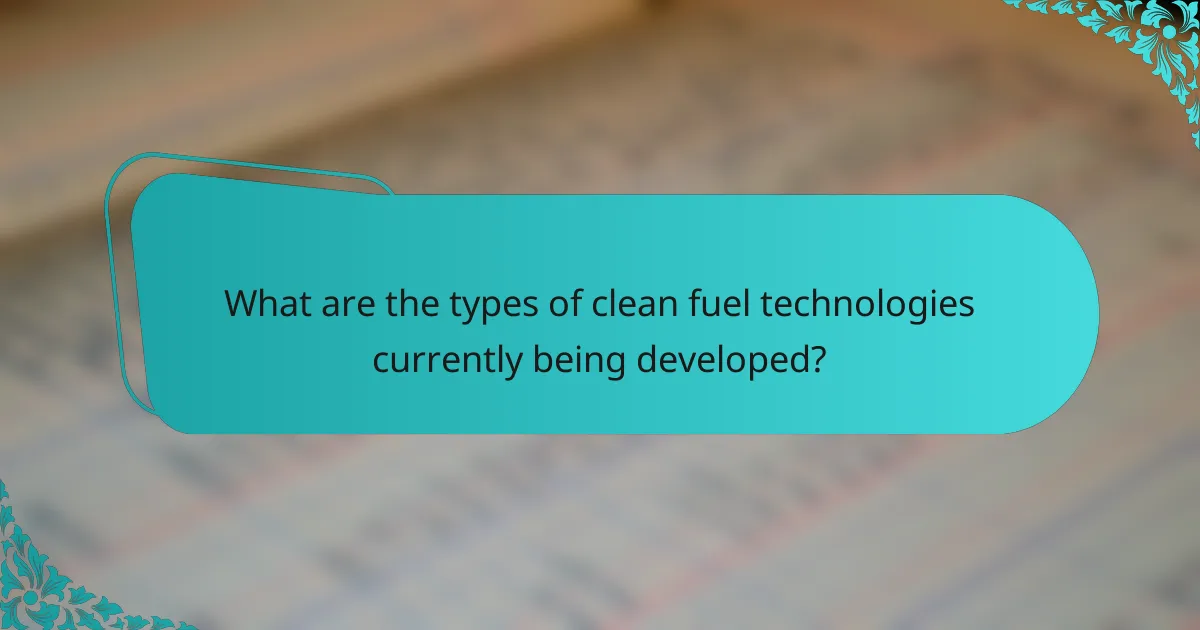
What are the types of clean fuel technologies currently being developed?
Types of clean fuel technologies currently being developed include hydrogen fuel cells, biofuels, and advanced batteries. Hydrogen fuel cells convert hydrogen into electricity, emitting only water vapor. Biofuels are derived from organic materials and can replace fossil fuels in transportation. Advanced batteries, such as lithium-ion and solid-state, enhance energy storage for electric vehicles. These technologies aim to reduce greenhouse gas emissions and reliance on fossil fuels. According to the International Energy Agency, the global hydrogen market could reach $700 billion by 2030, highlighting the growing investment in clean fuel technologies.
What are the primary categories of clean fuels?
The primary categories of clean fuels include biofuels, hydrogen, electricity, and natural gas. Biofuels are derived from organic materials and can reduce greenhouse gas emissions. Hydrogen fuel cells produce energy with water as the only byproduct. Electricity, especially from renewable sources, powers electric vehicles and reduces reliance on fossil fuels. Natural gas emits fewer pollutants compared to traditional fuels. Each category contributes to lowering environmental impact and promoting sustainable energy practices.
How do biofuels contribute to clean energy solutions?
Biofuels contribute to clean energy solutions by providing renewable energy sources that reduce greenhouse gas emissions. They are derived from organic materials, such as plants and waste. Unlike fossil fuels, biofuels can significantly lower carbon dioxide emissions. For instance, studies show that biofuels can reduce lifecycle greenhouse gas emissions by up to 80% compared to traditional gasoline. Additionally, biofuels can be produced locally, decreasing dependence on imported fuels. This local production also stimulates rural economies and creates jobs. Furthermore, biofuels can be blended with conventional fuels, making them easy to implement in existing infrastructure. Overall, biofuels play a crucial role in transitioning to sustainable energy systems.
What role do hydrogen fuels play in the future of energy?
Hydrogen fuels are poised to play a significant role in the future of energy. They offer a clean alternative to fossil fuels. Hydrogen can be produced from various sources, including water and natural gas. When used in fuel cells, hydrogen generates electricity with water as the only byproduct. This process contributes to reducing greenhouse gas emissions. The global hydrogen market is projected to reach $184 billion by 2027. Many countries are investing in hydrogen infrastructure to support this transition. The use of hydrogen fuels aligns with global goals for sustainable energy. This transition is essential for mitigating climate change impacts.
How do renewable energy sources integrate with clean fuel technologies?
Renewable energy sources integrate with clean fuel technologies by providing sustainable power for fuel production. Solar, wind, and hydroelectric energy can be harnessed to generate electricity. This electricity can then be used in the electrolysis process to produce hydrogen fuel from water.
Additionally, biomass energy can be converted into biofuels, such as biodiesel and ethanol. These biofuels are produced through processes that utilize renewable resources, reducing reliance on fossil fuels.
The integration of renewable energy in clean fuel production decreases greenhouse gas emissions. According to the International Renewable Energy Agency, using renewables in fuel production can cut emissions by up to 70%.
This combination promotes energy independence and enhances energy security. It also supports the transition to a low-carbon economy, aligning with global climate goals.
What are the synergies between solar energy and clean fuels?
Solar energy and clean fuels synergize by enhancing renewable energy utilization. Solar energy can power the production of clean fuels, such as hydrogen and biofuels. This process reduces reliance on fossil fuels. For example, solar energy can be used in electrolysis to produce hydrogen from water. Hydrogen serves as a clean fuel with zero emissions when burned. Additionally, solar energy can support biofuel production through photosynthesis in crops. This integration leads to lower greenhouse gas emissions. Studies indicate that solar-powered clean fuel production can significantly reduce carbon footprints.
How can wind energy support the production of clean fuels?
Wind energy can support the production of clean fuels by providing renewable electricity for electrolysis. Electrolysis is the process that splits water into hydrogen and oxygen using electricity. This hydrogen can be used as a clean fuel or energy carrier. Wind turbines generate electricity without emitting greenhouse gases. In 2020, wind energy contributed to 8.4% of global electricity generation, demonstrating its potential. Additionally, hydrogen produced from wind energy can replace fossil fuels in transportation and industrial processes. Using wind energy for hydrogen production reduces reliance on carbon-intensive energy sources. This transition supports overall climate goals and promotes sustainable energy solutions.
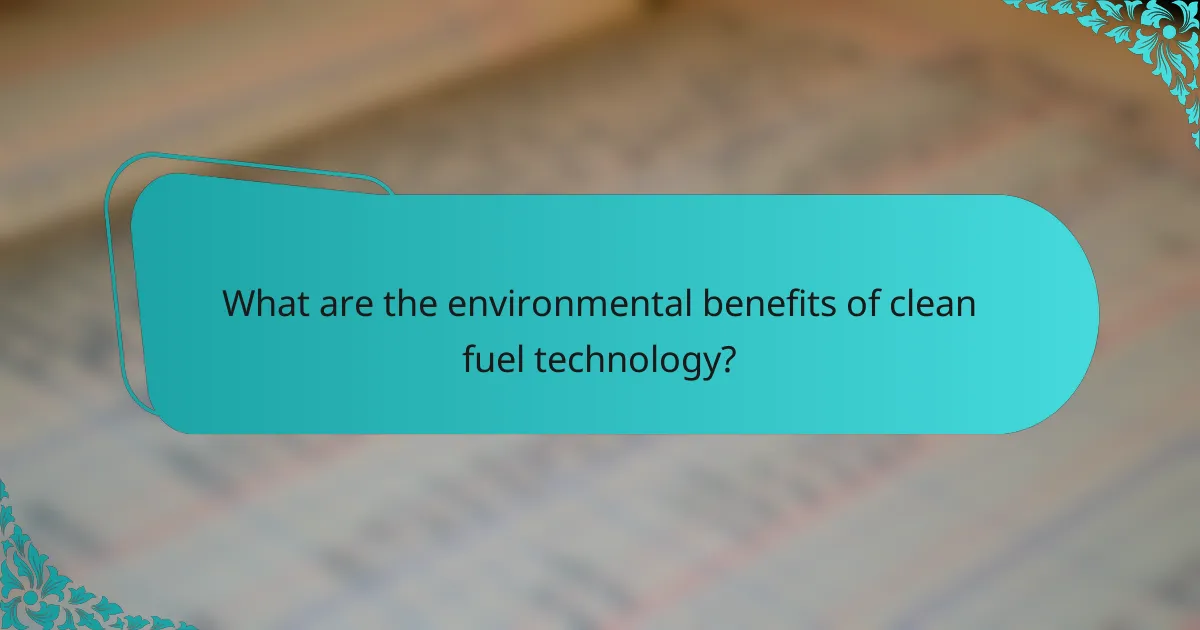
What are the environmental benefits of clean fuel technology?
Clean fuel technology reduces greenhouse gas emissions. It significantly lowers carbon dioxide output compared to traditional fuels. For instance, biofuels can reduce emissions by up to 80%. Clean fuels also minimize air pollutants like sulfur dioxide and particulate matter. This leads to improved air quality and public health. Furthermore, clean fuel technologies promote sustainable energy sources. They help decrease reliance on fossil fuels, which are finite and environmentally damaging. Transitioning to clean fuels can also conserve water resources. Traditional fuel extraction and processing often use large amounts of water. Clean fuel alternatives typically require less water, making them more sustainable. Overall, clean fuel technology supports a healthier ecosystem and combats climate change.
How does clean fuel technology improve air quality?
Clean fuel technology improves air quality by reducing harmful emissions from vehicles and industrial processes. These technologies often utilize renewable energy sources or cleaner combustion methods. For example, electric vehicles emit no tailpipe pollutants. Hydrogen fuel cells produce only water vapor as a byproduct. Additionally, biofuels can significantly lower particulate matter and nitrogen oxides compared to traditional fossil fuels. Studies show that cities adopting clean fuels experience improved respiratory health outcomes. In fact, the U.S. EPA reported a 50% reduction in smog-forming pollutants in areas using clean fuel technologies. Thus, clean fuel technology plays a crucial role in enhancing overall air quality.
What specific pollutants are reduced by clean fuels?
Clean fuels reduce specific pollutants such as carbon monoxide, nitrogen oxides, particulate matter, and sulfur oxides. These pollutants are harmful to air quality and human health. For instance, carbon monoxide is produced from incomplete combustion. Clean fuels enable more complete combustion, resulting in lower carbon monoxide emissions. Nitrogen oxides contribute to smog and acid rain. Clean fuels significantly lower nitrogen oxides by promoting efficient combustion processes. Particulate matter consists of fine particles that can penetrate lungs. Clean fuels minimize particulate matter emissions through cleaner burning. Sulfur oxides are primarily from fossil fuels. Clean fuels, which contain little to no sulfur, drastically reduce sulfur oxides. This reduction leads to improved air quality and public health benefits.
How does cleaner air benefit public health?
Cleaner air significantly benefits public health by reducing respiratory and cardiovascular diseases. Improved air quality leads to fewer hospital visits and lower healthcare costs. Studies show that reducing air pollutants can decrease asthma attacks and other respiratory issues. For instance, the American Lung Association reports that cleaner air can reduce premature deaths related to air pollution by thousands annually. Cleaner air also enhances overall quality of life, leading to increased productivity and well-being. Evidence from the World Health Organization indicates that better air quality correlates with improved mental health outcomes.
What economic advantages do clean fuel technologies offer?
Clean fuel technologies provide significant economic advantages. They reduce dependency on fossil fuels, leading to stable energy prices. This stability fosters investment in energy infrastructure. Clean fuels also create jobs in manufacturing, installation, and maintenance sectors. According to the International Renewable Energy Agency, renewable energy jobs reached 11.5 million globally in 2018. Additionally, clean fuel technologies can lower healthcare costs by reducing air pollution. The American Lung Association estimates that cleaner air can save the U.S. economy $1.2 trillion annually in health-related expenses. Furthermore, transitioning to clean fuels can enhance energy security by diversifying energy sources. This diversification mitigates risks associated with geopolitical tensions and market fluctuations.
How can clean fuels create job opportunities in various sectors?
Clean fuels can create job opportunities across various sectors by driving investment in renewable energy technologies. The clean fuel sector requires skilled labor for production, installation, and maintenance of renewable energy systems. For instance, solar and wind energy projects need technicians, engineers, and project managers. According to the International Renewable Energy Agency, the renewable energy sector employed over 11 million people globally in 2018, with continued growth expected. Additionally, clean fuels stimulate job creation in research and development, promoting innovation in energy efficiency. The transition to clean fuels also leads to indirect job opportunities in supply chains and related industries, such as manufacturing and transportation.
What cost savings can be expected from adopting clean fuel technologies?
Adopting clean fuel technologies can result in significant cost savings. These savings primarily stem from reduced fuel costs and lower maintenance expenses. For instance, electric vehicles typically have lower energy costs compared to gasoline vehicles. According to the U.S. Department of Energy, electric vehicle owners can save an average of $800 per year on fuel costs.
Additionally, clean fuel technologies often require less maintenance. For example, hydrogen fuel cells have fewer moving parts than traditional combustion engines. This can lead to maintenance savings of up to 30%.
Moreover, governments frequently provide incentives for adopting clean fuel technologies. These can include tax credits or rebates, further enhancing cost savings.
In summary, adopting clean fuel technologies can lead to lower fuel and maintenance costs, along with potential government incentives, resulting in overall significant savings.
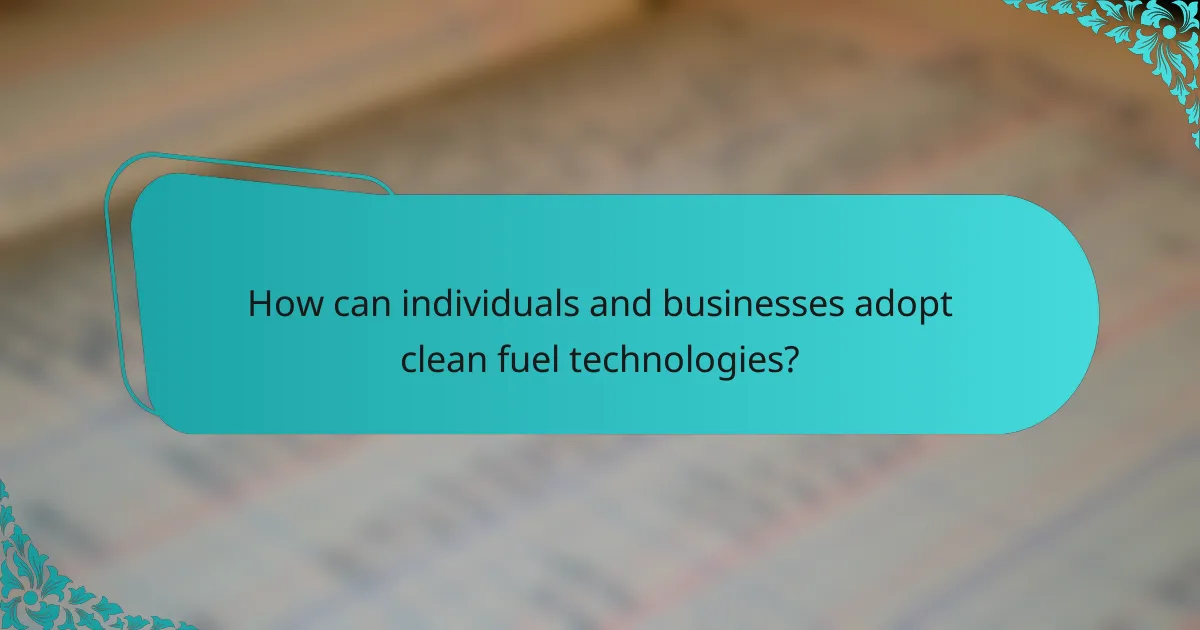
How can individuals and businesses adopt clean fuel technologies?
Individuals and businesses can adopt clean fuel technologies by investing in renewable energy sources. This includes solar, wind, and biofuels. Individuals can install solar panels on their properties. Businesses can transition their fleets to electric vehicles. Government incentives often support these changes. For instance, the U.S. offers tax credits for solar energy installations. Additionally, educational resources can guide users on best practices. Organizations like the Department of Energy provide valuable information on clean technology. Adopting these technologies reduces greenhouse gas emissions significantly. Research shows that renewable energy can decrease carbon footprints by up to 70%.
What practical steps can be taken to transition to clean fuels?
Transitioning to clean fuels involves several practical steps. First, governments can implement policies that support clean fuel technologies. This includes subsidies for renewable energy projects and tax incentives for clean fuel adoption. Second, investing in infrastructure is crucial. This means building charging stations for electric vehicles and biofuel distribution networks. Third, public awareness campaigns can educate consumers about the benefits of clean fuels. Research shows that informed consumers are more likely to choose cleaner options. Fourth, partnerships between private and public sectors can accelerate innovation. Collaborations can lead to advancements in clean fuel technologies. Finally, transitioning fleets to cleaner options can demonstrate the viability of clean fuels. For example, many cities have adopted electric buses to reduce emissions. These steps collectively contribute to a more sustainable fuel landscape.
What resources are available for businesses looking to implement clean fuel solutions?
Businesses looking to implement clean fuel solutions can access various resources. Government grants and incentives are available to support clean energy initiatives. Organizations like the U.S. Department of Energy provide funding opportunities. Industry associations offer guidance on best practices and technologies. Research institutions publish studies on clean fuel technologies. Online platforms host webinars and training sessions on implementation strategies. Collaborative networks connect businesses with experts in clean fuel solutions. These resources facilitate informed decision-making and effective implementation of clean fuel technologies.
What challenges might arise when adopting clean fuel technologies?
Adopting clean fuel technologies can present several challenges. High initial costs for infrastructure and technology can deter investment. Limited availability of clean fuel sources can restrict widespread adoption. Technical challenges in integrating clean fuels with existing systems may arise. Regulatory hurdles can complicate the implementation process. Public acceptance and awareness of clean fuel benefits can be low. Additionally, supply chain issues may affect the reliability of clean fuel availability. These challenges can hinder the transition to cleaner energy solutions.
How can these challenges be overcome effectively?
Innovations in clean fuel technology can overcome challenges effectively by implementing advanced research and development strategies. Investing in renewable energy sources, such as solar and wind, enhances clean fuel production. Improving energy storage solutions, like battery technology, increases efficiency and reliability. Collaborating with governmental and private sectors can lead to supportive policies and funding. Developing infrastructure for clean fuel distribution is crucial for widespread adoption. Educating the public on the benefits of clean fuels fosters acceptance and demand. According to the International Renewable Energy Agency, increased investment in clean energy technologies can reduce greenhouse gas emissions significantly.
What are the best practices for maximizing the benefits of clean fuel technology?
Implementing best practices for maximizing the benefits of clean fuel technology includes optimizing fuel efficiency and integrating renewable energy sources. Regular maintenance of clean fuel systems enhances performance and longevity. Utilizing advanced technologies, such as smart grids and energy storage, increases efficiency. Training personnel on clean fuel operations ensures safety and effectiveness. Adopting policies that promote clean fuel usage can stimulate market growth. Collaboration between stakeholders fosters innovation and resource sharing. Data analytics can identify areas for improvement in clean fuel systems. These practices collectively contribute to reduced emissions and a sustainable energy future.
Innovations in clean fuel technology encompass advancements aimed at enhancing energy efficiency and reducing emissions, including biofuels, hydrogen fuel cells, and advanced battery technologies. These innovations significantly differ from traditional fuel technologies by utilizing renewable resources, resulting in lower greenhouse gas emissions and improved air quality. The article will explore key advancements, the role of research and development, and the environmental benefits of clean fuel technologies, highlighting their potential to reduce reliance on fossil fuels and promote a sustainable energy future. Additionally, it will discuss the economic advantages, challenges, and best practices for adopting clean fuel solutions.
